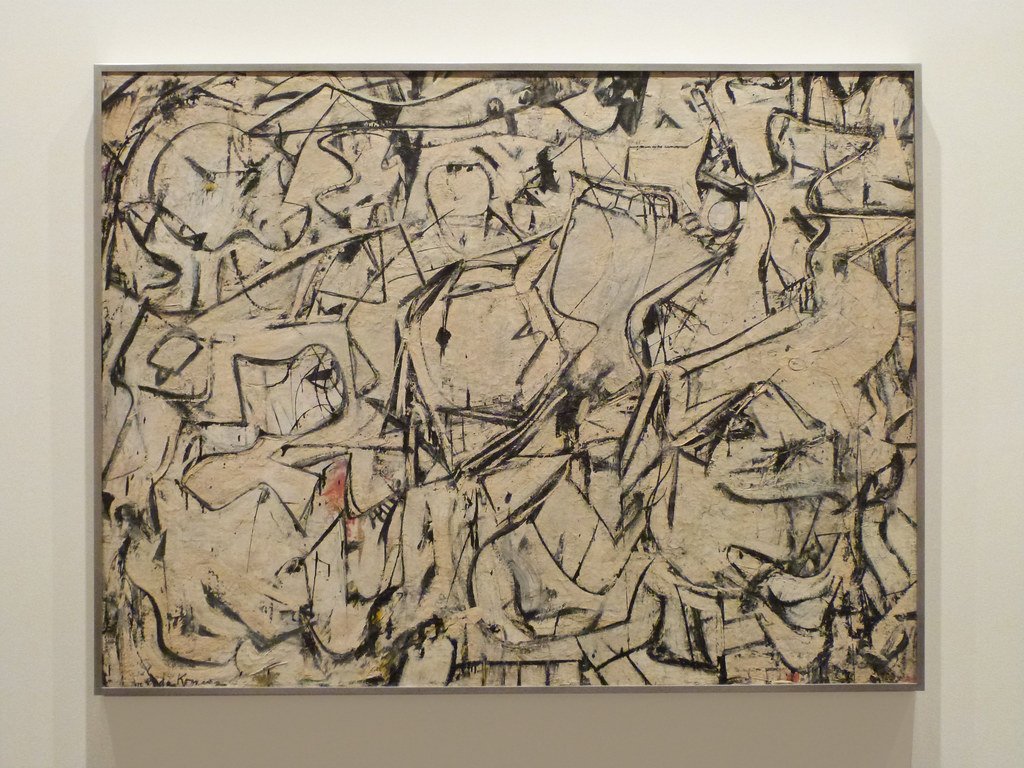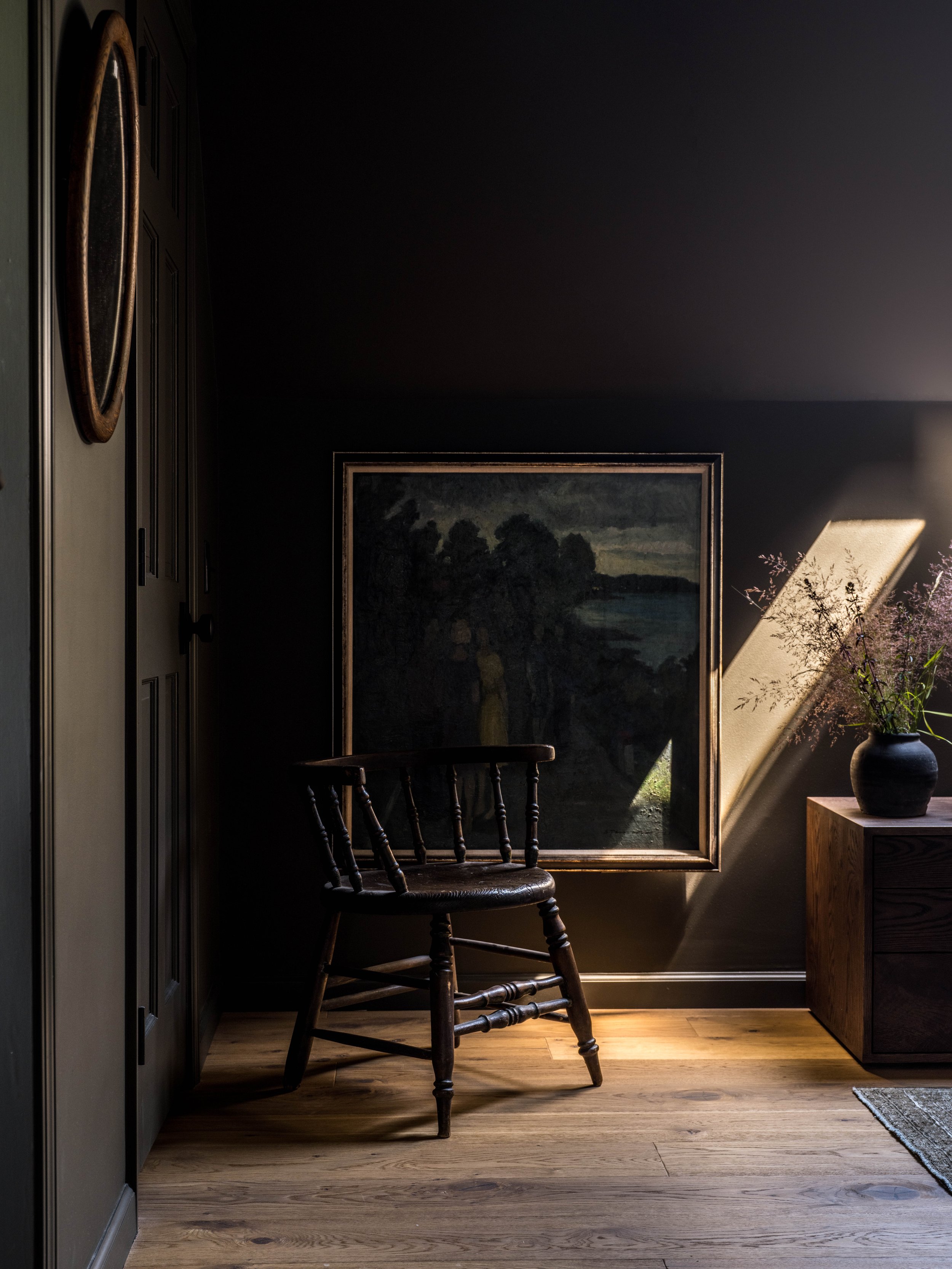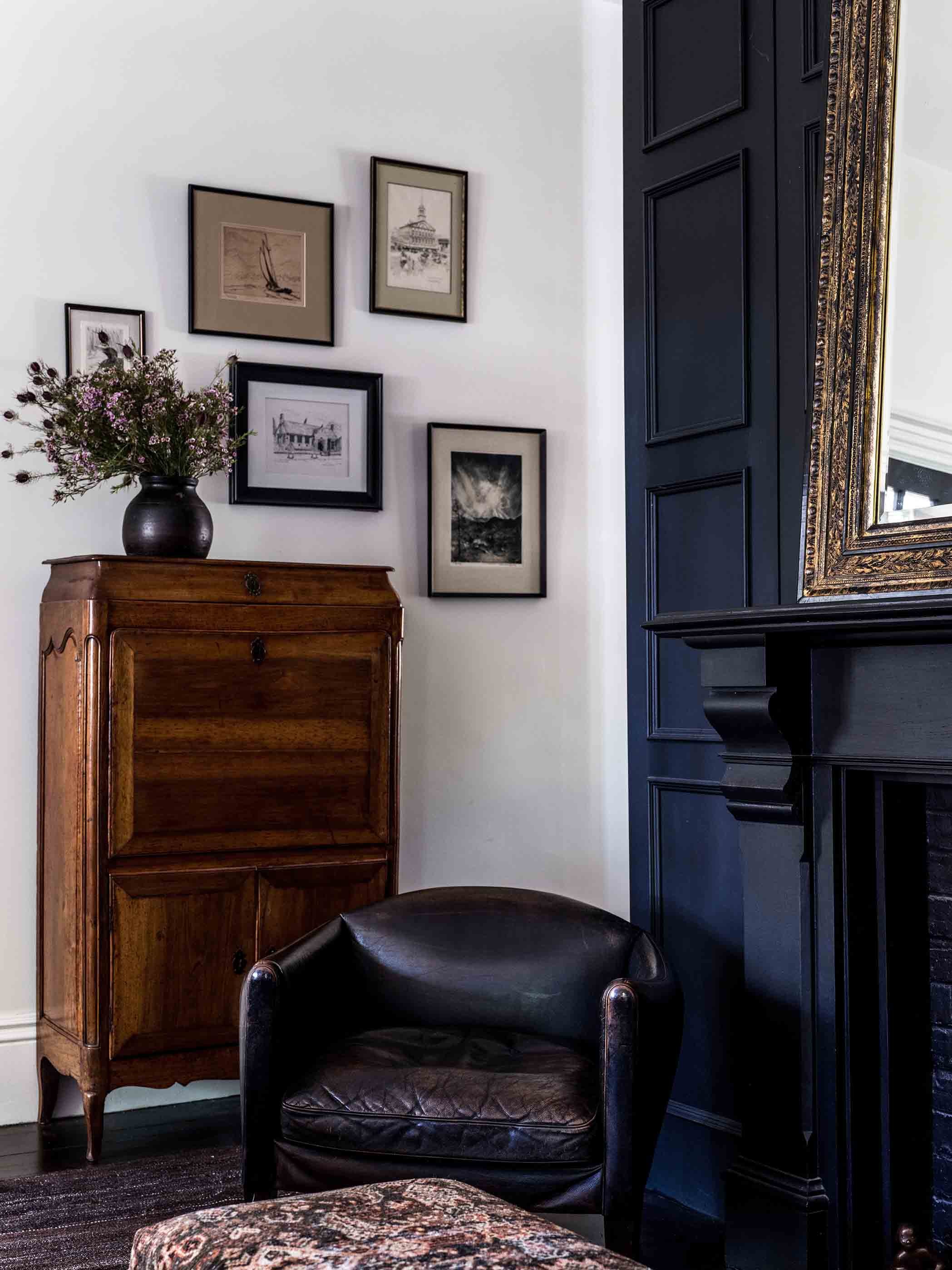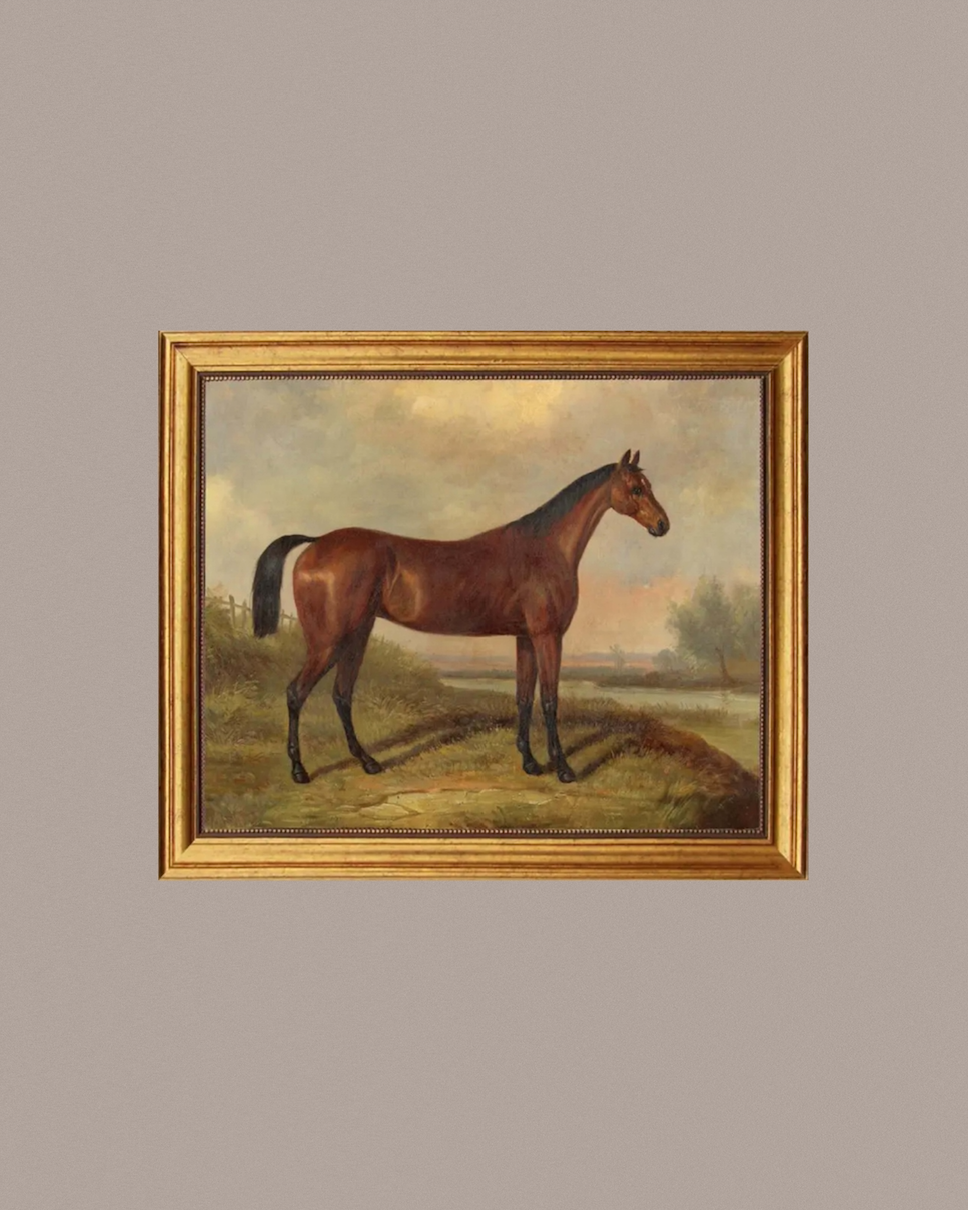Moore Thoughts on Art… Pt. 2
We’re huge art gals around here and for some reason the change of season has us feeling compelled to take a moment to share our thoughts on the subject…Again! So, if you missed Pt. 1 — check it out here and if not, here’s “a bit Moore” info on our favorite subject. We’ve said it before and at the risk of sounding like a broken record, we’ll say it again — but we believe that art is an integral piece of any successful interior space. As for selecting the aforementioned art, that’s where having “an eye” or in other words, taste comes into play. A large aspect of selecting art is unpacking why we like whatever it is we like! The drawn feeling a particular style can command from us is a Psychological deep-dive in-it-of-itself, but the beauty of this subject is that opinions are subjective and your opinions need not be founded in anything other than what your heart feels when you take it in!
That said, we’ve always aspired to be the crew you’d be thrilled to go to a museum with because we like to think we remembered a thing or two from our Art History classes. When it comes to finding the section of a museum we enjoy most, or even selecting pieces for our homes — it can become rather tricky. Most of us are moved in one way or another by art so we’re diving into some of the movements we love specifically and naturally, digressing from there.
A Few Artistic Movements We Love…
Prehistoric Art — ~40,000 to 4,000 B.C.
From what we understand, art dating back to the Paleolithic era was primarily created as a form of storytelling and cultural expression — the Prehistoric era predates written record keeping. Taking on the form of rock carvings, engravings, pictorial imagery, sculptures, and stone arrangements — artists from this period made use of natural pigments and carving techniques to create depictions featuring key objects, animals, or rituals that governed said civilization’s existence. The Paleolithic cave paintings of Lascaux, France are one of the most famous works from this period depicting wild animals in wonderful natural hues.*
Why We love it:
the primitive nature in which the creatures are drawn. Additionally, how the forms are depicted in a flat manner, yet so dynamically that they seem as though they are galloping across the surface of the caves. p.s. We’re also big fans of sculptures from this period.
Fauvism — 1900 to 1935
Fauvism or the style of “les Fauves” the French for "the wild beasts” was an avant-garde movement established by a group of early 20th-century modern artists characterized by a vivid use of color with fierce brushwork, flat compositions, and highly expressive delineated forms. Leaders of the movement included Henri Matisse and André Derain who were inspired by post-impressionist painters Vincent van Gogh and Georges Seurat.*
Why We love it:
you may not have us pegged as “color” people but what we love most about fauvism is in fact all the color and the wild nature of the brushstrokes.
Note: It’s hard to say if every movement was really sequential or responsive, but Fauvism was an important precursor of Cubism and Expressionism.
Cubism — 1907 to 1914
Cubism was a reactionary and rejective movement provoked by the idea that art should copy nature which later proved to be quite revolutionary. Leading artists and establishers of the movement, Pablo Picasso and Georges Braque, took a new approach to depicting things as they were. This divergence from traditional techniques and perspectives gave way to radically abstracted forms. The movement can be characterized by flat, two-dimensional surfaces, geometric forms of objects, and multiple vantage points.*
Why We love it:
It’s not everyone’s favorite, but we enjoy the distortion of reality!
Abstract Expressionism — 1940s–1950s
Abstract Expressionism emerged in New York after WWII and is characterized by spontaneity, improvisation, large-scale works, and unique techniques. Much like the artists involved with the Cubist movement before it, Abstract Impressionist painters and sculptors broke away from conventionality to embrace the spontaneity of improvisation resulting in heavily abstracted works of art. Something else to note with this movement is the sheer scale of the works as this was really the first moment in more modern history that the canvas left the easel. Committed to art as expressions of the self this movement translated themes from surrealism into a new style that matched the post-war mood of anxiety and trauma.*
Why We love it:
though it may only appear as a scribble, a splatter or a heavily abstracted form there is so much emotion involved in this period. there is also something to be said for the experience of seeing a larger-than-life work in person — photos don’t do the scale justice.
Source*
From the tête-à-tête an artist has with their brush as they work paint across a canvas to the way guests react when they’re intrigued by a painting in our home — Art is all about dialogue. No matter what part of the conversation you may belong to — maybe you’re the admirer, the creator, the owner, or sometimes any mix of the three you simply cannot be exempt from the conversation that is a work of art. Maybe you dislike it, or maybe you love it desperately, but there must be transference nonetheless. You may be thinking to yourself, “I usually look at art in silence”, or “how is it a conversation if I don’t even know what I’m looking at”, but no matter how lacking the interchange might be or how far off one’s thoughts or feelings are from the artist’s intention, there are still ideas exchanged. This is the point where this blog could take a very philosophical turn delving into the centuries-long debate of the “meaning” or “purpose” of art — but that tends to become quite a long-winded journey with lots and lots of references and theories so we’re going to step away from Pandora’s box and for our purposes leave it at this…
“Art is a human activity consisting in this, that one man consciously, by means of certain external signs, hands-on to others feelings he has lived through, and that others are infected by these feelings and also experience them”.
— Leo Tolstoy
AND in case you all are feeling inspired to collect yourselves some art — here’s a digital gallery wall featuring a mix of works for you all to shop.
Painting No. 08



























The Roweam Earthenware Collection is rooted in reverence for the natural world—a grounded celebration of texture, form, and sustainability. This curated offering honors the quiet strength of the earth, featuring hand-hewn woods, sun-warmed ceramics, and raw, time-worn materials that echo ancient landscapes. Designed to elevate interiors while paying tribute to the places that inspire them.